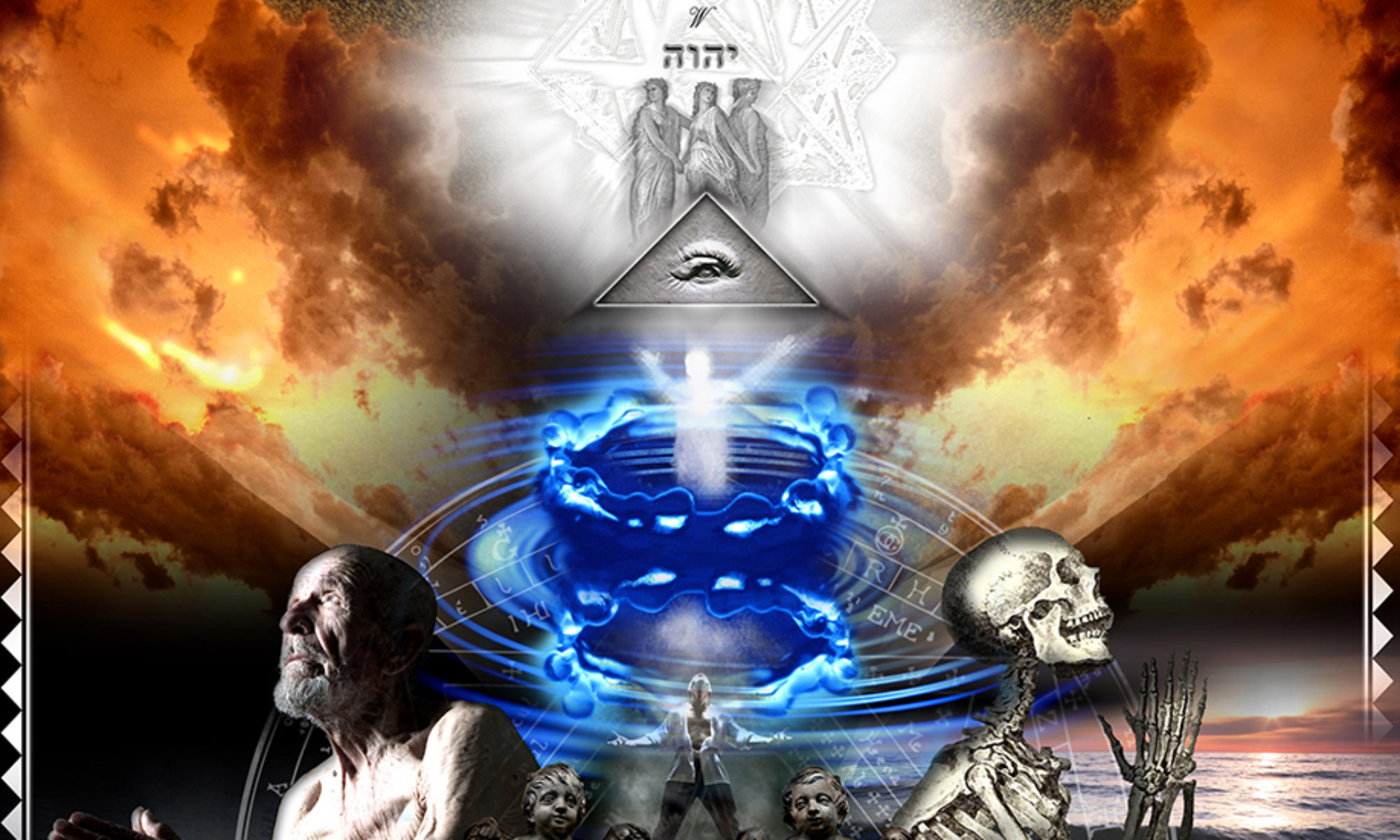Something I’ve been giving a lot thought to lately is the idea of Hermetica, or maybe better phrased the Hermetic philosophy, as a religious practice. Does this foundation of the western mystery tradition hold-up as a practice of religious devotion or in some ritual practice?
On the outside, i think I’ve wanted to think it does. That, at it’s core, one could utilize the ideas of the mysterious emerald tablet as a set of ideals that promote some kind of philosophical religious ideation. And, like the Christian Bible, the Hermetic texts could offer some degree of direction or ethos to inform and guide religious decision making. But, the more and more I’ve considered this, the more often I’ve come back to the decision that it doesn’t, or that it can’t.
As a teaching, Hermetica offers an interesting philosophical take on approaching the world. That it offers a syncretic zest to elevating above the fray of dogmatism, while itself establishing it’s own set of dogmas and thou shalt and shalt-nots.
It’s in these dogmas that, perhaps, the religion exists.
So then, should hermetic be re-imagined? Take the good, reject the bad and construct a new ethic of what it means to be Hermetic? It could keep the teachings of the Kybalion, and still layer in with the Rosicrucian or masonic ideas (it is, after all about initiation and seeing things from a different perspective not considered before). And why can’t it retain the syncretism of a trans polytheism as being adoptable under all faiths constructing a new layer or dynamic to understanding the god of Judaism, the god of Islam and the path if the Buddha.
It’s under this key aspect that always bring me back to the conclusion that Hermetica is, itself, the religion of religions. That it is the underlying philosophical bones of modernism itself in that while it’s teachings come from great antiquity, the ideas themselves find newer relevance the smaller the world gets — a condition we find the further along we get in the path of history. Hermeticism, then, is that closed loop of time, without beginning or end, looping back upon itself in a way that seems to be without beginning or end. It simply is.
And yet, all things start and stop, and start again as the forward motion of the universe continues. It is all and nothing at the same time. This is where my head is at in considering the place of Hermetica in the grand cosmic scheme of things. This is how I find validation in my ideas of it having fingers and thought in all aspects of religion, all aspects of life. Hermetic isn’t this, or that, it just is.And by being, it continues on to be re-imagined, changed and evolved into some other construct of it’s former self.
Which brings me back around full circle.

